 The demand for off-premise restaurant food is going strong – but restaurants are still trying to find their footing when it comes to packaging. Bans of single-use plastic in some cities, along with guest demands for environmentally friendly options, are leading more operators to try compostable containers. But as Los Angeles-based operators have been finding in light of the city’s forthcoming ban on disposable plastics, some of the compostable packaging alternatives can soak up sauces and otherwise alter the taste of a dish. As you consider alternatives to plastic in the packaging you use for catering and takeout, test how the material interacts with (and impacts the quality of) the ingredients you’re packaging. 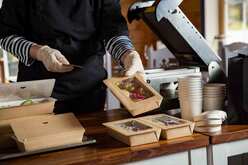 Before the pandemic, restaurant delivery packaging was making strides toward sustainability as greener containers, no-cutlery-included policies and reusable containers were all on the rise. While those efforts stalled a bit amid lockdowns and supply chain challenges, industry analysts expect sustainable packaging to rebound in a big way this year. It helps that consumers have expressed greater willingness to pay for it than in the past: A McKinsey study found that 60-70 percent of consumers said they would pay more for sustainable packaging. Further, how the packaging communicates sustainability is important too: Approximately 35-36 percent of the survey respondents said they would buy additional sustainably packaged products if they were more available in stores, available for more products, and better labeled to indicate green packaging. In terms of materials used, consumers are interested in recyclable and recycled plastic packaging, fiber-based packaging, higher levels of recycled content in the products they use, and increased compostable packaging options. In your business this year, how can you improve your sustainability and communicate it through your packaging? Consider not only adopting new packaging materials but also offering reusable options, labeling the green packaging you use to demonstrate your efforts to guests, promoting those efforts on your website and social media, and encouraging guests (via your website and digital ordering channels) to be mindful of the environment when using takeaway packaging.  Shortages of to-go packaging rank among the top supply concerns for restaurant operators right now. Prices, accordingly, have increased along with the shortages: A 2021 operator survey by Datassential found that 72 percent of respondents said the price of their takeout packaging had climbed significantly. Adding to the challenge is that some regions are cracking down on the use of packaging materials like Styrofoam, all while consumers are also taking greater notice of restaurant packaging and supporting brands that have managed to find environmentally friendly solutions to the problem. (One case in point: apps like Jybe, which enables consumers to search specifically for restaurants that are making Earth-friendly packaging choices.) Could this year be the year your restaurant gets into reusable packaging options? Increasingly, it’s becoming a feasible alternative for large multinational brands and smaller independents alike. For example, Restaurant Hospitality reports that in addition to Burger King testing reusable Whopper containers and Starbucks testing a cup-rental option, small chains like Tiffin in Philadelphia are offering delivery containers that can be returned to a delivery driver on a subsequent order. Other smaller operators are partnering with the growing number of third-party suppliers offering food and drink containers that can be used, returned and reused. Your to-go packaging says a lot about you: Before a customer even sets foot in your restaurant, your packaging immediately communicates messages about not only your brand identity but also about how much you value customer safety, the environment and the quality of your off-premise food. Now that we’re emerging from the pandemic, more operators are picking up where they left off with innovating the packaging and cutlery they include with their off-premise meals. Shake Shack, for one, recently announced it is testing sustainable cutlery and straws from AirCarbon, which includes no synthetic plastics or glues in its products, doesn’t need food crops in its production process, and produces items that are home-compostable, soil-degradable and ocean-friendly. Edible packaging is on the rise too, with materials like mushrooms being fashioned into bowls and seaweed being tested as a plastic-like but biodegradable alternative to traditional plastic cutlery. If you’re currently evaluating the carbon footprint of your menu, consider the entire carbon footprint of the meals you provide (including the containers surrounding them). Of the 78 million tons of plastic packaging produced around the world each year, only 14 percent is recycled, according to the Ellen MacArthur Foundation. Off-premise dining isn’t showing signs of slowing down, and in the months and years ahead, the way you present your food for consumption off-site is likely to play an increasingly important role in how customers perceive your business.
Any chef would love to have their dishes prepared, plated and enjoyed by customers within a period of a few minutes. But these days, that is an unusual scenario. The pandemic has not only spurred reinvention in restaurant service structures. It is also necessitating changes in how food is prepared due to the lag time between when a food is cooked and when a customer is eating it. Pret A Manger has met that challenge by incorporating sous vide into some of its ghost kitchens. The brand just partnered with Cuisine Solutions to launch a sous vide ghost kitchen in New York, the Spoon reports. By cooking and keeping food at a stable temperature, sous vide helps ensure a food doesn’t lose quality during the lag time between preparation and consumption – think of a chicken breast that becomes dry and rubbery if it’s not eaten soon after grilling. In Pret A Manger’s case, sous vide also helps ease labor strains by having food prepared centrally and minimizing additional work required by kitchen staff. Throughout the past year, you have no doubt reviewed and reworked your menu to ensure it travels and represents your brand well when consumers aren’t eating your food on-premise. If there are popular and profitable (but not very portable) items you have had to remove from the menu until customers feel safe about eating in your dining room, are there preparation or packaging adaptations that could enable you to bring those items back and preserve the experience consumers have when they eat a meal in your dining room?
Reusables are on the rise, if the latest news from McDonald’s and Starbucks is any indication. The brands are backing a pilot program called the NextGen Cup Challenge, which involves developing reusable plastic cups with trackable QR codes or RFID chips. Bloomberg reports that the cups are intended to be returned by customers, cleaned and then reused in an effort to take a large bite out of the billions of plastic-lined paper cups discarded by customers of the two brands each year. Is there opportunity for returnable, reusable cups, plates and utensils in your operation? A number of brands – large and small – are providing models for how it can be done. Nation’s Restaurant News reports that the 40-unit fast-casual brand Just Salad has offered a reusable bowl program for close to 15 years – guests who choose their reusable bowls get a free topping on their salad each time. (The brand recently launched a sustainability initiative that rivals those of much larger brands.) It remains to be seen if such incentives will become necessary as restaurants offer more reusable items. Other chains are taking different approaches: The Counter reports that the fast-casual brand Dig, which estimates that 80 percent of its business is take-away, recently launched a program called Canteen. Enrolled guests install a smartphone app and pay $3 each month for a hard reusable bowl that they can return to Dig for washing (and subsequent refilling).
Has your restaurant resolved to use less plastic in 2020? It seems everyone has some plastic guilt nowadays – and there are businesses cropping up to help operators replace plastic and also find new uses for the plastic that already exists. Take Riegel Linen, which was among eight companies to win Restaurant Technology News’s “Restaurateurs’ Choice Award for Environmental Good” competition. The company, which makes linens for a range of industries, found a way to integrate leftover plastic bottles into its textiles. Riegel Linen collects, sorts and inspects plastic bottles, then sterilizes and dries them before crushing them into chips, Restaurant Technology News reports. Once melted down, the material is made into a new fiber that Riegel Linen uses to make napkins and tablecloths. Its RieNu napkins are made from 100 percent post-consumer recycled polyester.
Looking for alternatives to plastic for off-premise food packaging? Increasingly, it’s coming from plants. Corn is currently being used for plastic alternatives ranging from straws to containers, but according to a report in Scientific American, the disposal of the material poses challenges, along with leaving an environmental footprint. It is compostable and not recyclable, so if not sent to an industrial facility where it can biodegrade, the process can take between 100 and 1000 years (versus just a few months). Still, other promising and more easily biodegradable plant-based plastics are being developed from materials ranging from cactus to algae. Some are even designed to eliminate waste altogether. The Spoon reports that the startup Decomer is developing a plant-based capsule containing honey. It can dissolve in coffee, tea, or other liquids at a wide range of temperatures.
At a time when restaurant businesses are feeling pressure to identify new revenue streams, the CIO of Mattson, a food and beverage innovation firm based in Silicon Valley, says many operators are missing out on a potentially lucrative opportunity: meal kits. Barb Stuckey of Mattson told Restaurant Dive that she has long been urging operators to take a look at offering the kits to at least determine if they make sense financially or operationally, but few are following through, save for perhaps Chick fil-A. The brand tested meal kits to positive results last year, according to Forbes, though they haven’t announced future plans for them. Stuckey likes the kits because she thinks they can help operators attack some of the quality-control issues they may experience with delivery. For instance, kits may be worth a shot if you have menu items that could do well off-premise but may not travel as well when they are fully cooked (like fries and sandwiches). Or, if you have brisk lunchtime traffic, promoting the kits during lunch may help you sell to guests who want to sort out their dinner plan in advance. At least, the category could help restaurants tap into a less saturated segment that is ripe for reinvention. According to Packaged Facts said, meal kit market expansion in the future is likely to rely more on alternative purchasing venues than on the traditional subscription model, which can clash with the on-demand mentality of off-premise customers. Restaurants can provide that on-demand experience.
Banning plastic straws is so last month. Around the country and the world, hospitality brands are taking stock of all single-use plastic in their operations, along with other materials that burden the environment, and searching for technology that offers suitable replacements. If you’re looking for models showing how it can be done, examples abound. Take Live Nation, which hosts more than 35,000 events worldwide annually and recently pledged to eliminate single-use plastics at all of its festivals and venues by 2021. The Spoon reports that in addition to eliminating plastic straws, Live Nation will remove plastic food trays, beer cups, water bottles and toiletry bottles, and plans to test plant-based alternatives where possible. This is part of a larger initiative Live Nation has planned to eliminate its landfill waste by 2030.
|
Subscribe to our newsletterArchives
April 2024
Categories
All
|

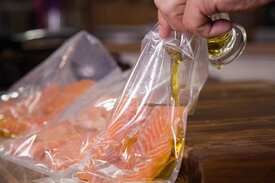
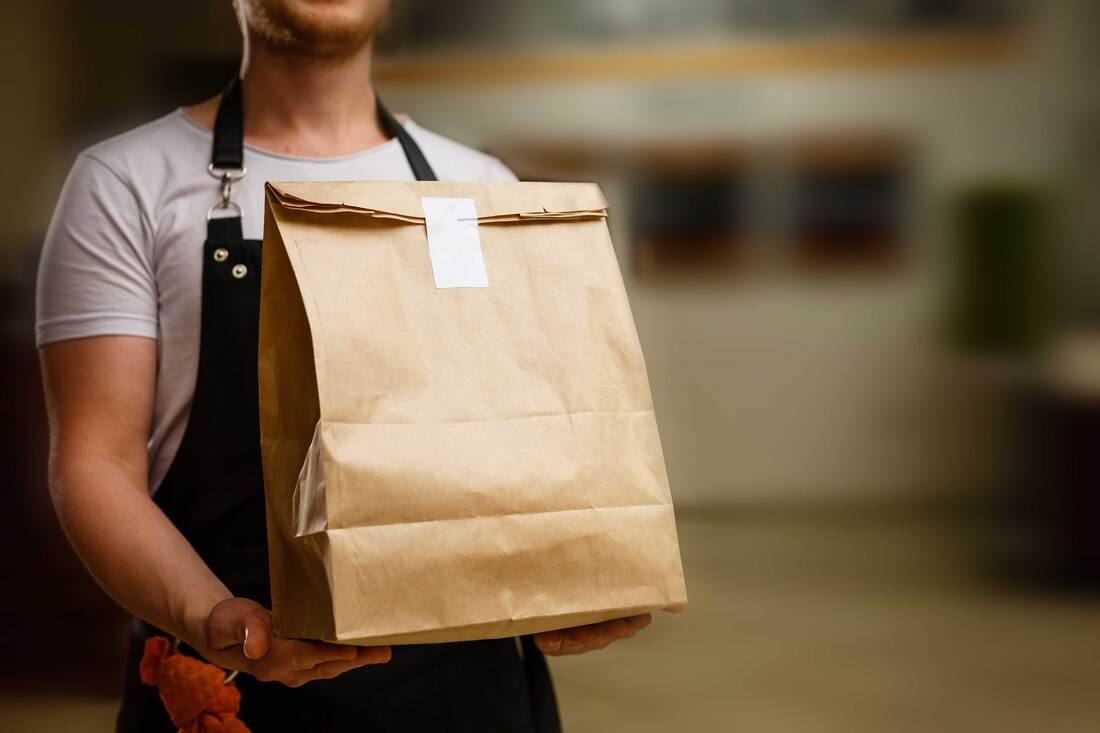
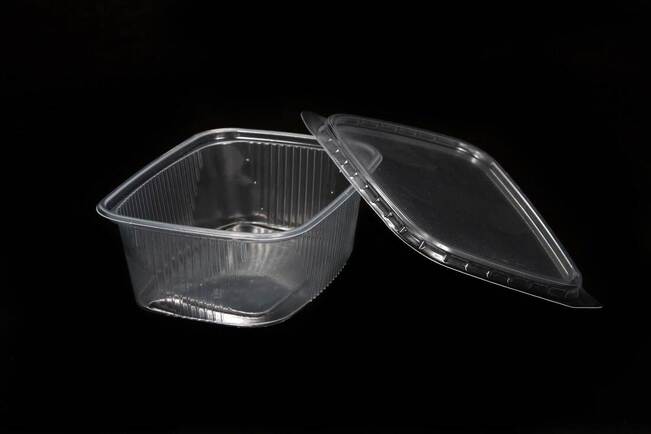
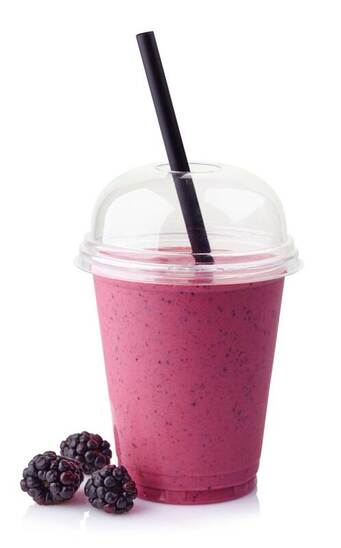

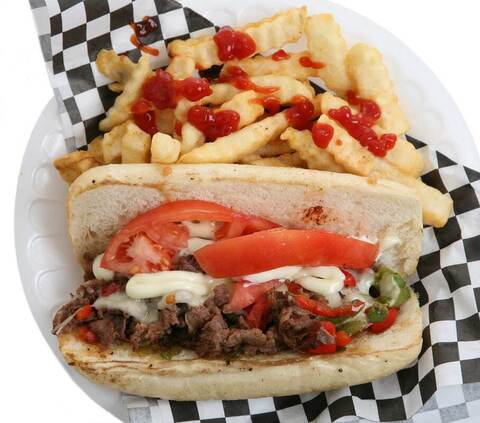

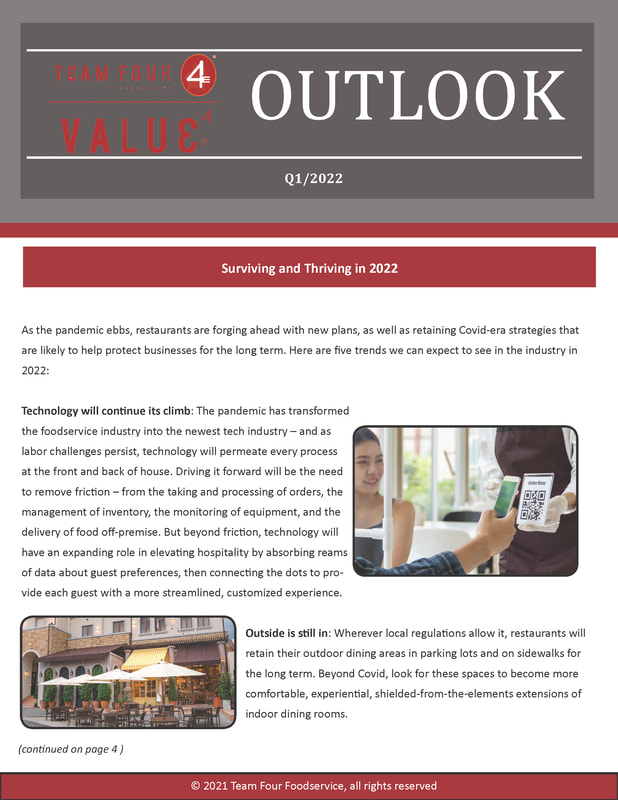

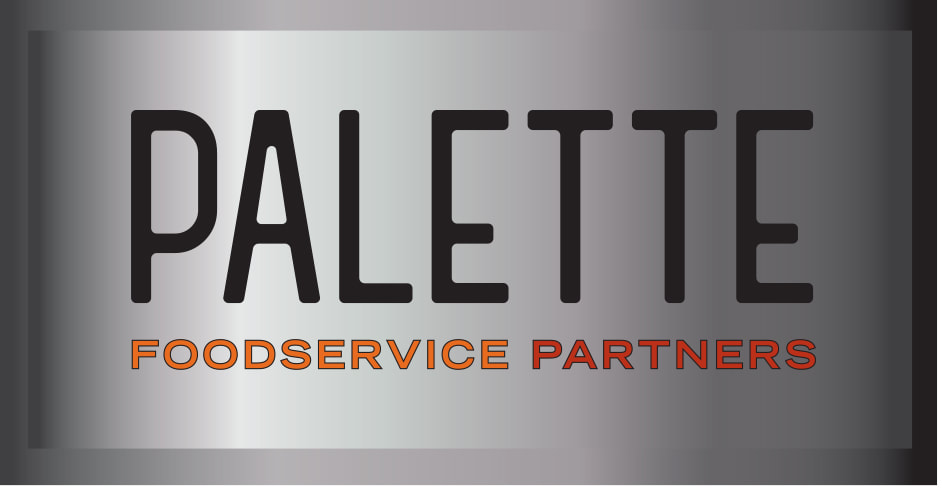
 RSS Feed
RSS Feed